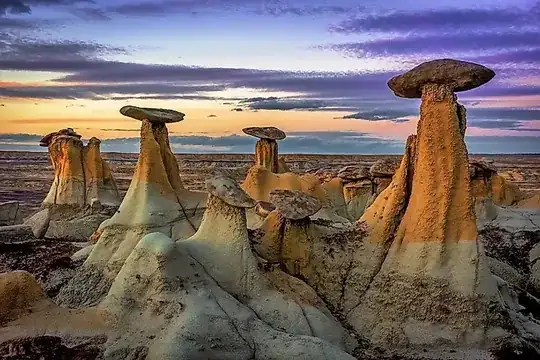A voyage of several ships at 0.2c needs raw materials and protection from impacts with interstellar dust. For these purposes, they installed enormous thrusters on the circumference of a 10-km-diameter C-type asteroid and accelerated it along with (in front of, but not connected to) them. They keep the asteroid facing straight toward their destination, mining the back surface while keeping the front surface is untouched, other than of course the constant bombardment by relativistic trace interstellar gases. When the story takes place, the voyagers have just finished flipping the asteroid 180 degrees to prepare for deceleration as they near their destination after 30 years of travel (they remain protected by the asteroid during this phase).
What I want to know is, what is the condition of the asteroid's front surface (the surface that was facing toward their destination up until recently)? Did the bombardment make it smooth? Powdery? Is it radioactive, and if so, how far away can a human float safely near it? Are there large craters from occasional collisions with large dust particles? The more detail you can provide, the better.
I found this article helpful, since it talks about bombardment of an oriented surface at 0.2c (though in this case it's assumed to be the postage-stamp-sized Breakthrough Starshot probe). It suggests that over a 30-year journey, erosion by the ISM will be of order 1 mm deep, and that collisions with large dust particles aren't common enough to hit a tiny probe, but are very likely to hit something several square km in area (I estimate ~$10^4$ collisions with $>10 \mu m$ grains over 30 years).
So while I'm pretty sure that only the first millimeter or so of the asteroid will be affected, the article doesn't go into detail about the questions in the 2nd paragraph (consistency, presence of large impact craters, and radioactivity). I'd also like to know if the composition of the asteroid makes a big difference here.
